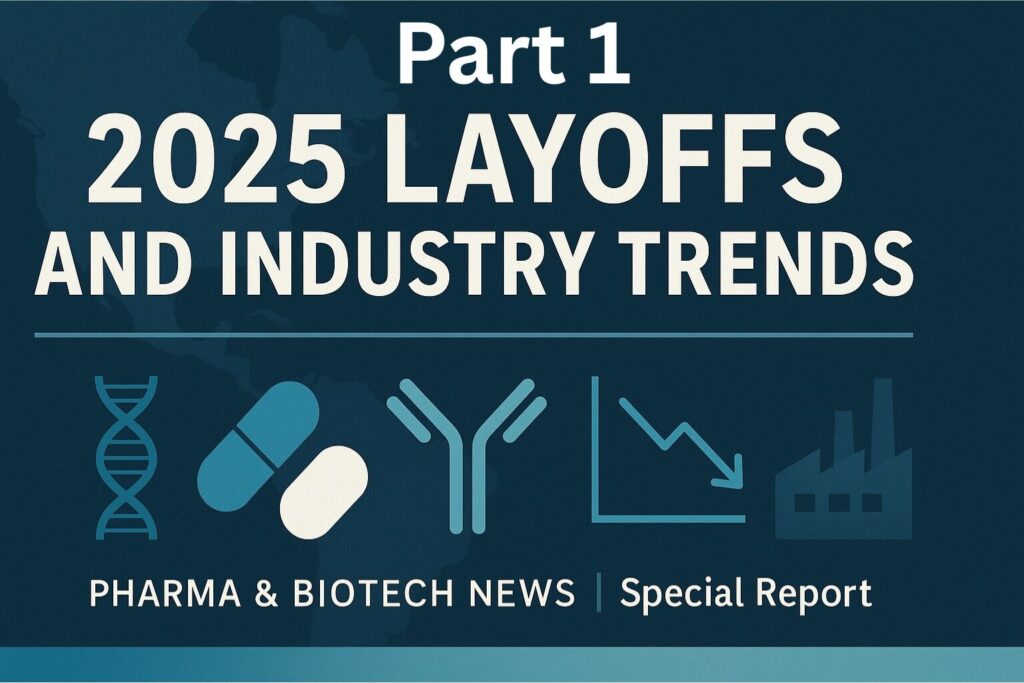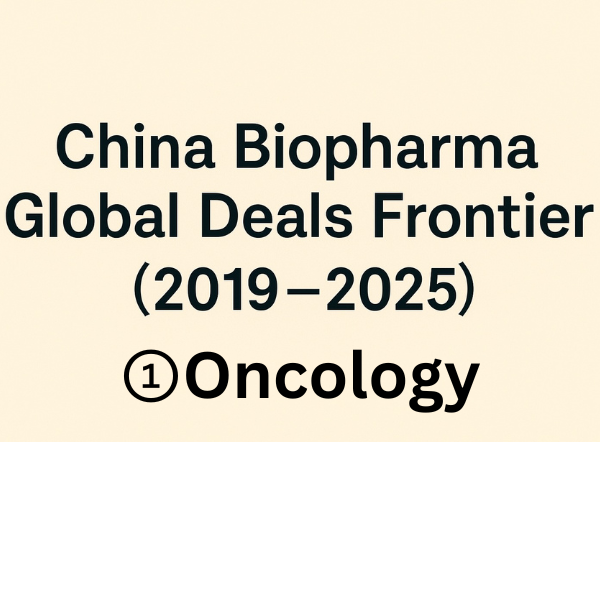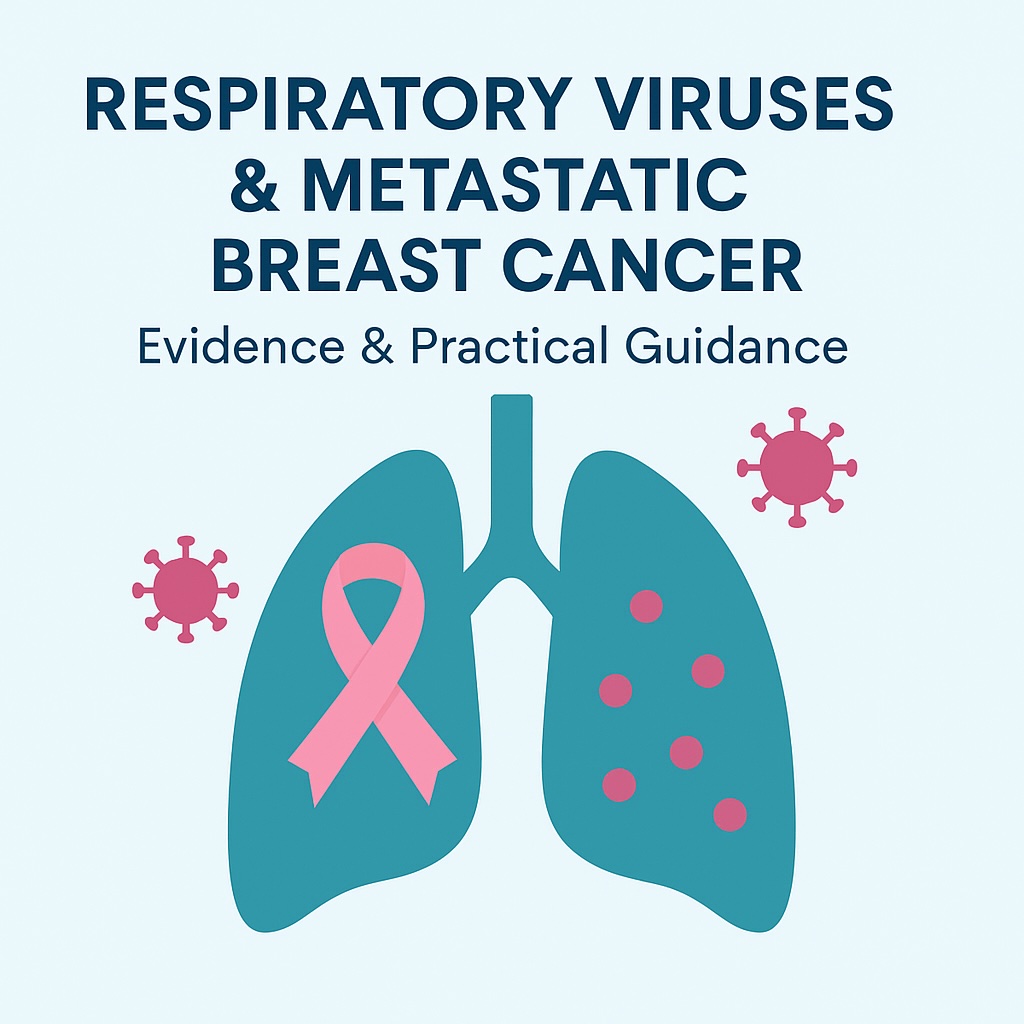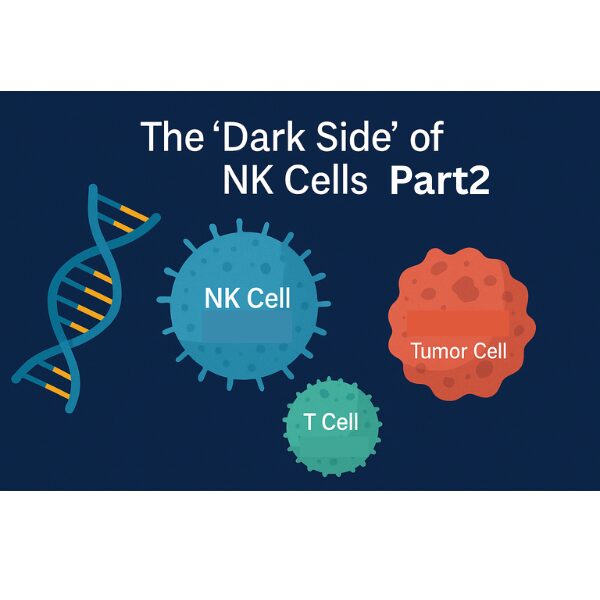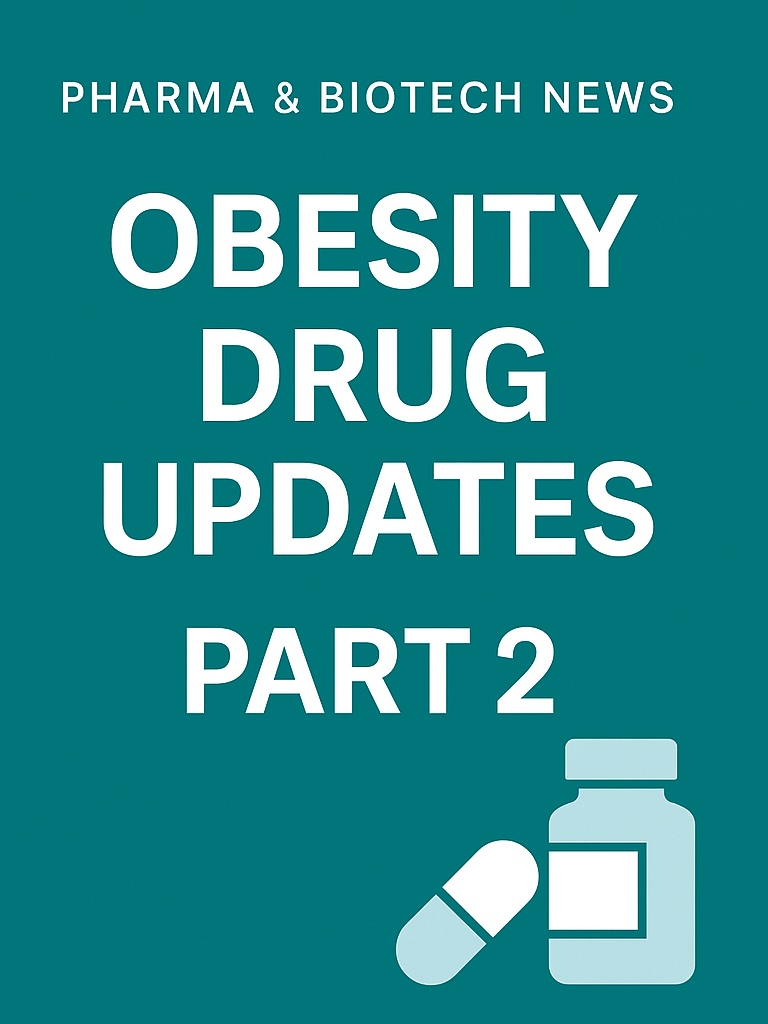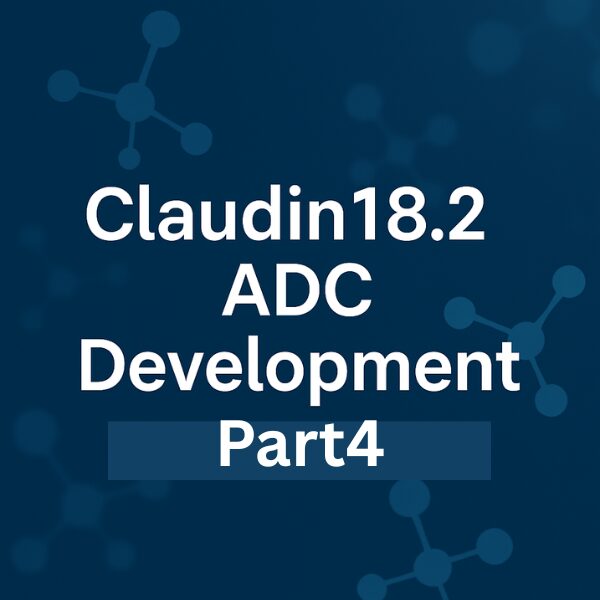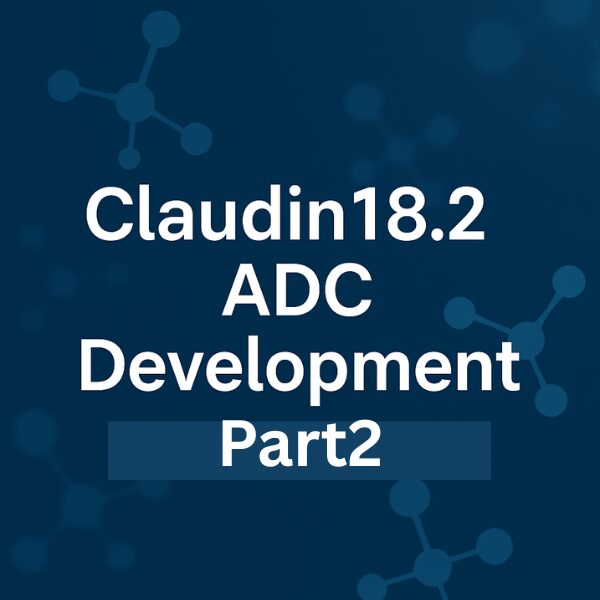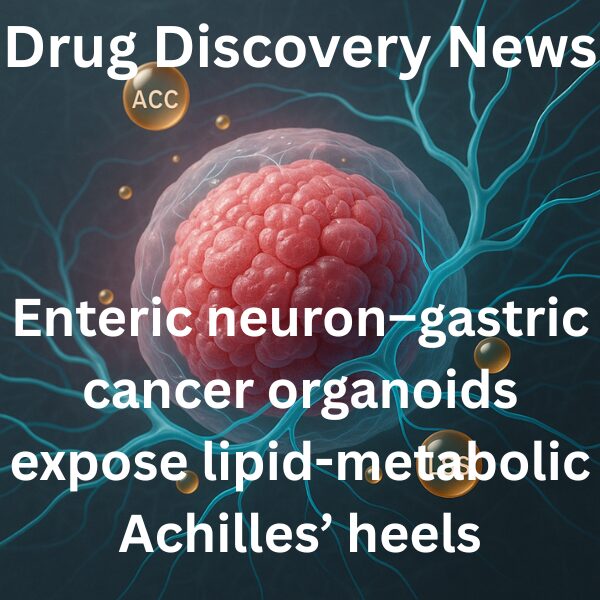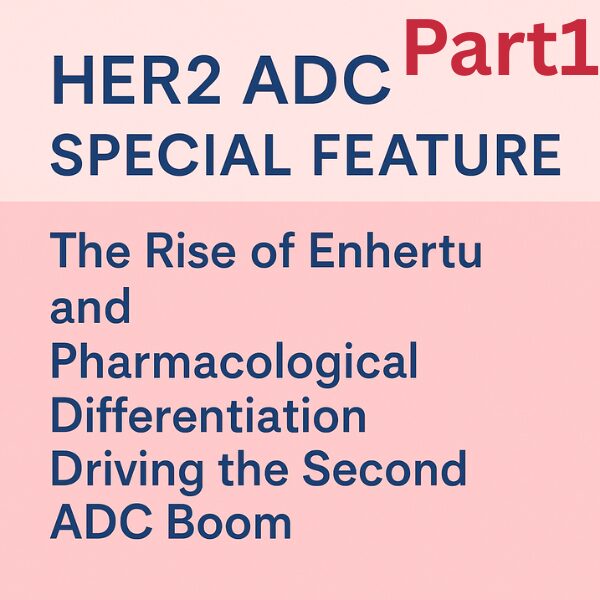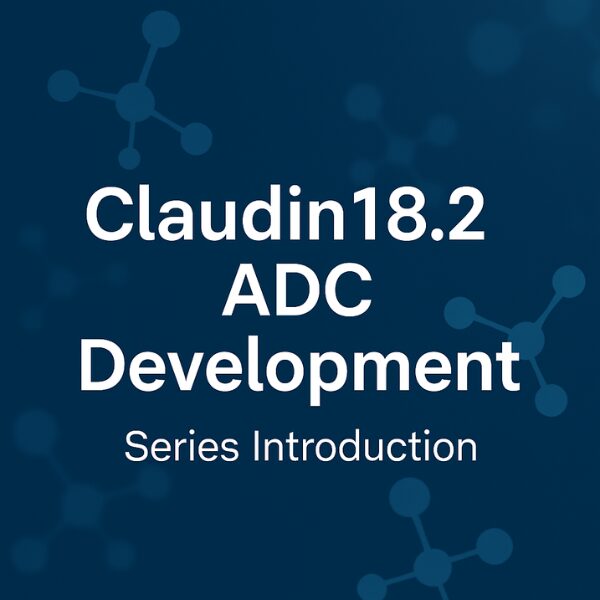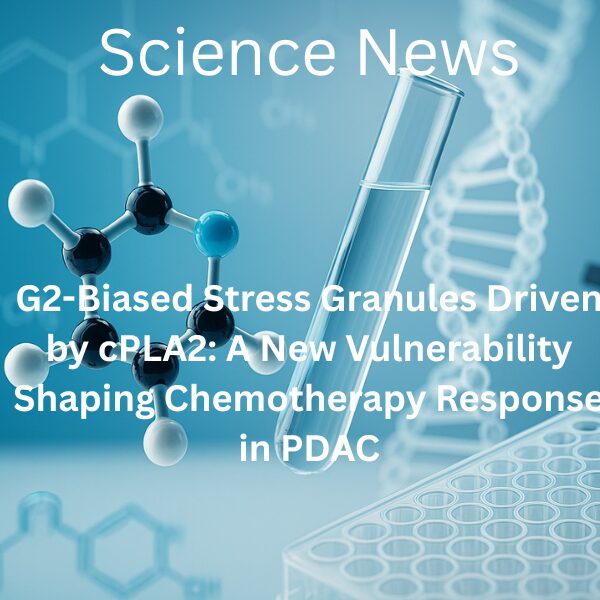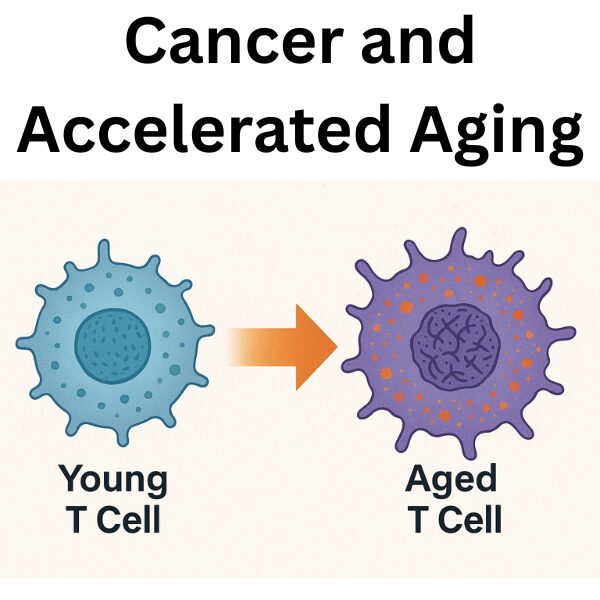Drug Discovery– tag –
-

Series “Reading 2025 Layoffs”: 2025 Biotech/Pharma Layoffs at a Glance: What Happened and Where It Concentrated (Part 1)
Category: Pharma & Biotech NEWS | Series “Reading 2025 Layoffs” — Part 1 Key Takeaways Selectivity & Focus: Layoffs reflect a disciplined reallocation—shifting resources toward late-stage/validated assets while compressing broad ... -

Oncology Drug Approval News Flash: FDA Approves Imlunestrant (Inluriyo) for ER-Positive, HER2-Negative, ESR1-Mutated Breast Cancer
On September 25, 2025, the U.S. Food and Drug Administration (FDA) approved Eli Lilly’s estrogen receptor antagonist Imlunestrant (Inluriyo) for the treatment of adult patients with ER-positive, HER2-negative, ESR1-mutated advanced or me... -

Latest Science “Aging “News : Does Education Slow Brain Aging? A Plain-Language Guide to a Massive 33-Country Study
“Higher education means you won’t get dementia”—it sounds reassuring, but the science is more nuanced. This article explains, in clear language, what a large multi-country longitudinal study actually found about education, memory decline... -

China Biopharma Deals, 2019–2025: Part 1 — Oncology (ADC, Bispecifics, IO, Cell Therapy)
Oncology is the tip of the spear for China-origin innovation in global partnering. This article gives you a bird’s-eye view of the major deals, then goes deep into the operating logic behind ADCs, bispecific antibodies, checkpoint inhibi... -

How Respiratory Viral Infections May Alter Metastatic Risk in Breast Cancer: Latest Evidence and Practical Guidance
Even after successful primary treatment, disseminated cancer cells (DCCs) can persist in a dormant state for years and later “awaken,” leading to overt metastasis. Recent studies suggest that respiratory viral infections—such as influenz... -

The “Dark Side” of NK Cells in Cancer Immunotherapy Part 2: Therapeutic Strategies and Future Outlook
In Part 1, we reviewed mechanisms by which NK cells contribute to resistance against immune checkpoint blockade (ICB). In this follow-up article (Part 2), we discuss the clinical implications, potential strategies, and future directions ... -

The “Dark Side” of NK Cells in Cancer Immunotherapy Part 1: Immunosuppressive Roles and Resistance Mechanisms
Natural killer (NK) cells have long been recognized as frontline effectors of tumor surveillance. However, recent studies reveal that their role within the tumor microenvironment (TME) is far more complex. NK cells are increasingly impli... -

Obesity Drug Updates Part 2: Pricing and Reimbursement of GLP-1 Obesity Drugs Across Japan, the U.S., and Europe
Introduction: Innovation Means Nothing Without Access GLP-1 obesity drugs have created explosive demand worldwide, but the critical bottleneck is cost. With prices reaching hundreds of dollars per month and long-term treatment required, ... -

Claudin18.2 ADC Development Part 4: Global Development Landscape and Future Outlook
Claudin18.2 (CLDN18.2)-directed ADCs are rapidly emerging as a cornerstone in the treatment of advanced gastric and gastroesophageal junction (GEJ) cancers. Beyond SHR-A1904 and IBI343, several other candidates such as CMG901, EO-3021, a... -

Obesity Drug Updates Part 1: Novo’s Layoff and the Next Phase of GLP-1 Obesity Drugs – Innovation and Pipeline Competition
Introduction: Novo’s Layoff as a Symbol of Industry Transition In September 2025, Novo Nordisk announced a massive layoff of about 9,000 employees, roughly 12% of its global workforce. The decision comes amid intensified competition in t... -

Claudin18.2 ADC Development Part 2: Phase 1 Results and Clinical Features of IBI343
In this article, we summarize the phase 1 trial of IBI343, reported in Nature Medicine (July 2025), focusing on its structural innovations, safety, efficacy, and position within the landscape of Claudin18.2-targeted ADCs. Drug Profile: M... -

Enteric neuron–gastric cancer organoids expose lipid-metabolic Achilles’ heels — Strengths and limits of organoids for drug discovery, and what comes next
In a nutshell: Genome-wide CRISPR screens in patient-derived gastric cancer organoids uncovered strong dependencies on fatty-acid biosynthesis (ACC/ACACA) and cholesterol biosynthesis (LSS). Co-culture with enteric neurons (ENS) rewires ... -

Catchup News: HER2 ADC Special Report Part 2|IP Strategies, Global Competition, and the Road Ahead
In Part 1 of our feature, we explored Enhertu’s groundbreaking pharmacological profile and its role in launching the second ADC boom. In this concluding part, we shift focus to intellectual property strategies, patent lifespans, and the ... -

Claudin18.2 ADC Development Part 1: Phase 1 Results and Clinical Significance of SHR-A1904
Antibody–drug conjugates (ADCs) targeting Claudin18.2 (CLDN18.2) have gained increasing attention as a novel therapeutic approach for advanced gastric and gastroesophageal junction (GEJ) cancers. Here, we summarize the phase 1 trial resu... -

Catchup News: HER2 ADC Special Report Part 1|The Rise of Enhertu and Pharmacological Differentiation Driving the Second ADC Boom
Antibody-drug conjugates (ADCs) have emerged as one of the most exciting modalities in oncology. Among them, HER2-targeted ADCs have undergone a dramatic transformation with the arrival of Daiichi Sankyo and AstraZeneca’s Enhertu, sparki... -

Claudin18.2 ADC Development Part 0: Series Introduction
This series provides an in-depth review of the current landscape of Claudin18.2 (CLDN18.2)-targeted antibody–drug conjugates (ADCs) in gastric and gastroesophageal junction (GEJ) cancers. Structured into five parts, it covers pivotal cli... -

Latest Science News: G2-Biased Stress Granules Driven by cPLA2: A New Vulnerability Shaping Chemotherapy Response in PDAC
Across pancreatic ductal adenocarcinoma (PDAC) models, tumor cells show marked intercellular heterogeneity in stress granules (SGs). A single-cell, cell-cycle–aware view reveals that SGs are maximally enriched in G2, powered by a lipid m... -

Research Highlight|A Genetically Encodable Fluorescent-Protein Spin Qubit for Bio-Sensing
Paper: A fluorescent-protein spin qubit (Nature, 4 Sep 2025) In a nutshell Enhanced yellow fluorescent protein (EYFP) is realized as an optically addressable spin qubit supporting initialization, readout, and coherent control. At liquid-... -

News Watch | Hypoxia & Kidney: A tRNA-derived small RNA protects kidneys via “RNA autophagy”
Lead: Kidneys are prone to hypoxia, fueling AKI-to-CKD progression. A 2025 Science study shows that a hypoxia-induced “tRNA-Asp-GTC-3′tDR” safeguards kidney cells by maintaining autophagic flux through RNA autophagy. This adds a new laye... -

Cancer and Accelerated Aging: Molecular and Cellular Insights from Recent Studies
In recent years, cancer and aging have increasingly been understood not as separate biological phenomena, but as interconnected processes. Immune decline and chronic inflammation in cancer patients may not be caused solely by treatment s...
